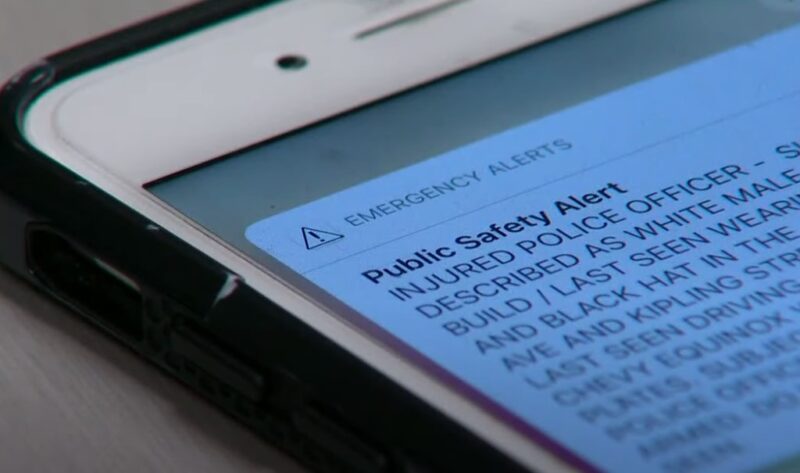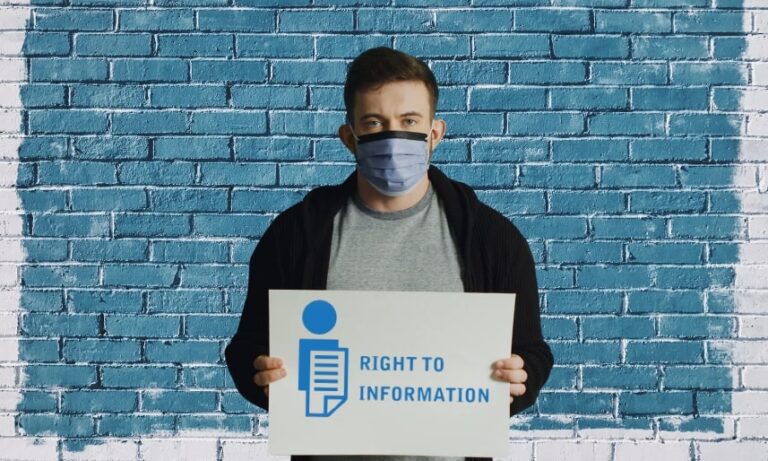The Blue Alert program plays an important role in law enforcement. When an officer is seriously injured or killed in the line of duty, speed is crucial to locating the offender and ensuring public safety.
Blue Alerts utilize existing emergency communication networks to share information with the community. Descriptions of the suspected perpetrator, along with identifying details about the vehicle they may be driving, can help citizens keep an eye out and report any sightings.
Time is of the essence in bringing criminals to justice and preventing further harm. This notification system acts as an electronic AMBER Alert for officers, facilitating quick coordination between police, media, and the public at large.
The Importance in Today’s Society
The Blue Alert system serves an important purpose by helping keep our communities safe. When officers face danger in the line of duty, time is critical to find suspects and prevent further harm.
By encouraging public cooperation with law enforcement investigations, we have a better chance of getting dangerous criminals off the streets. People can report tips that just may help catch the bad guy.
Technology helps too, allowing authorities to quickly share information far and wide. Together through open communication, from the dispatchers coordinating the alerts to neighbors keeping an extra eye out, we strengthen our response in a crisis.
The Origin and Development of Blue Alerts

While loss awakens action, systems thrive through cooperative spirit over reaction alone. The origins of Blue Alert notification stem from tragic harms, yet its progression embraces an array of hope.
- Catalyst Events: Events arousing calls for protection through unity, not division.
- Legislative Actions: Policies formalizing partnerships where community and commitment to justice fuel restoration. Evolving ever brings opportunity.
Integration of advancing connections woven across neighbors cultivates timely aid through open ears and hearts.
- Technological Advancements: Networks uplift prudence and transparency between all invested in security through humility and goodwill.
- National Reach: Awareness strengthened by recognition of our shared stake in each life’s safety, and each person’s role in supporting guardians with care and grace.
The Mechanism

With any system serving justice through cooperation, well-defined parameters curb tendencies toward overreach while cultivating understanding. Transparency promotes restoration rather than reaction alone.
- Incident Requirements: Circumstances clarified to assure prudence accompanying sensitivity in chaos, honoring all alike.
- Approval Processes: Coordination entrusted to authorities likewise recognizing shared stakes in restored order through lawful means over fear or haste.
To fulfill a purpose, outreach merits care and nuance. This means emerging from unity, not division, lifting each voice through multiple dialects so that widespread aid may materialize.
- Media Involvement: Outlets aiding swift yet sound awareness with prudence.
- Public Notification Systems: Networks linking hands across distances to empower protection through open yet judicial cooperation, for all people are equally deserving of safety.
Key Components

When issued, a Blue Alert contains crucial suspect and incident information to aid safe apprehension. Careful selection balances helpfulness with avoiding overload.
- Suspect Description: Clear details of appearance, identifying marks, vehicle, and other objective facts.
- Incident Details: A concise overview of the relevant context to properly inform the public.
Public involvement is instrumental to effectiveness. Guidelines can optimize assistance while maintaining safety.
- Public Action: Suggestions like observing from afar and promptly reporting any tips to authorities.
- Safety Measures: Precautions like avoiding direct confrontation, paying attention to surroundings, and waiting for further guidance from law enforcement.
The Role of Technology in Blue Alerts

Technology plays a key role in quickly sharing Blue Alert information. Integrating advanced communication tools has helped the system run more smoothly.
- Social Media and Online Platforms: These digital spaces allow alerts to be shared widely in a short period of time.
- Mobile Alerts: Smartphones enable alerts to instantly reach large numbers of people wherever they are located.
Continuing advances in technology may lead to new options. Potential upgrades could optimize efficiency and notification reach.
- Innovative Technologies: Emerging communication methods possibly applicable to Blue Alert distribution.
- Integration Challenges: Effectively applying technical upgrades while considering privacy and related concerns.
Legal Framework

The legal guidance supporting these notifications emerges from diligent work at all levels. Coordinated statutes preserve structure while cultivating partnership.
- Federal Legislation: National acts establishing Blue Alerts’ purpose through prudent cooperation.
- State-Specific Regulations: Respecting autonomy while recognizing shared stakes in every life, policies lift all voices through multiple regional dialects.
With any system that serves justice through cooperation, lawful questions demand care and open discussion. May understanding deepen between all invested through patience and good faith.
- Privacy Concerns: Honoring personal dignity while empowering the swiftest yet sound protection for communities recovering peace.
- Legal Precedents: Judgments educating future partnerships to serve the greater good through empathy, restored safety, and community well-being for all persons in their full humanity.
Final Words
The Blue Alert system is a pivotal tool in enhancing the safety of both law enforcement officers and the public. Its effectiveness hinges on community awareness and participation. As we continue to witness its evolution, it’s imperative that we remain informed and supportive of such crucial public safety mechanisms.








